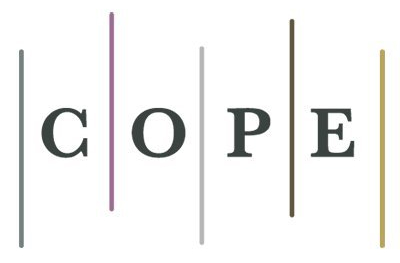Knowledge about melanocytic nevus in tattoo artists
Keywords:
Tattoo artists, moles, melanocytic nevi, skin cancerAbstract
13
INTRODUCTION: Decorative tattoos may cover a cutaneous leading to difficulties in its diagnosis and control. Therefore, it is necessary to know the behaviour of tatto artists about melanocytic nevi in our population.
OBJECTIVES: Main: To determine if the tattoo artists of the city of Córdoba, Argentina, have knowledge about the clinical characteristics of malignant melanocytic lesions. Secondary: Describe the demographical characteristics of tattoo artists and their behaviour concerning their client´s skin.
MATERIALS AND METHODS: Observational, cross-sectional and descriptive study using a survey, which included tattoo artists over 18 years of age, located in the city of Córdoba. Socio-demographic variables were analyzed. Descriptive statistics were performed using percentages for qualitative variables, and averages, ranges, and modes for quantitative variables.
RESULTS: 31 surveys were completed between January 2022 and January 2023.The majority consisted on males (n = 22 71%) with a mean age of 32.7 years, with completed secondary school (n = 17, 54.8%) which have been working <5 years old as a tattoo artist (n = 13, 41.9%). Eighteen (58.1%) tattooists indicated having knowledge about moles, but 93.5% denied knowing the ABCDE rule. In the evaluation of image recognition of melanocytic lesions, 13 tattoo artists obtained a score> 60% for correct answers, which represents 41.9% of the total sample. Thirty (96.8%) avoid tattooing on moles. 100% of the sample answered that they would like to learn how to detect skin cancer lesions.
CONCLUSION: The majority of the respondents were unaware of the ABCDE method and failed to identify skin lesions suspicious of malignancy. We believe that tattoo artists could be important allies in the prevention of skin cancer.
Published
How to Cite
Issue
Section
License
Copyright (c) 2024 Methodo Investigación Aplicada a las Ciencias Biológicas

This work is licensed under a Creative Commons Attribution-NonCommercial-ShareAlike 4.0 International License.




















